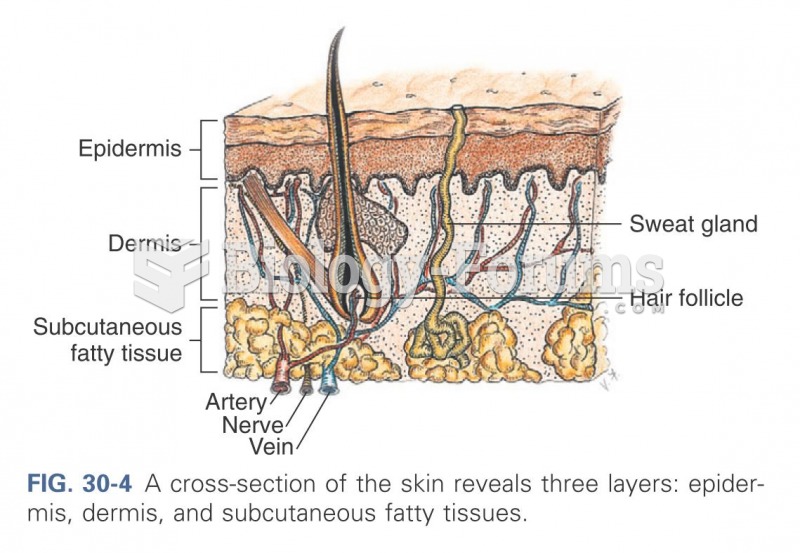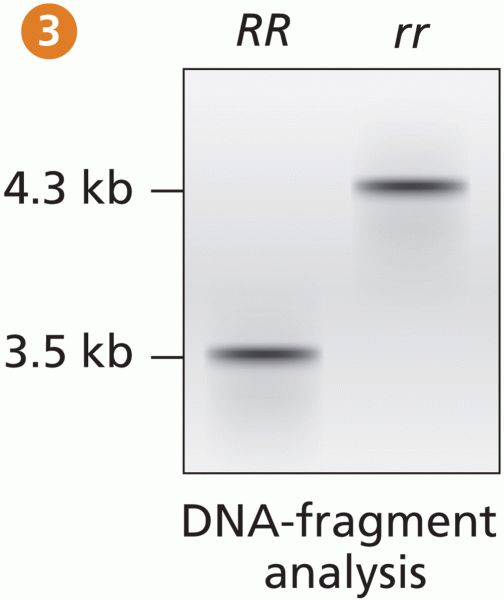Answer to Question 1
Correct Answer: 2
The area described is a bulla and may be caused by contact dermatitis, friction blisters, or large burn blisters. Vesicles are smaller than 0.5 centimeters but are also described as elevated, fluid-filled, round or oval-shaped, palpable mass with thin, translucent walls and circumscribed borders. A papule is an elevated, solid, palpable mass with a circumscribed border, usually smaller than 0.5 centimeters. Tumors are elevated, but solid, hard, or soft palpable and extend deeper into the dermis.
Answer to Question 2
Correct Answer: 3
The lesions described are typical for herpes simplex, which is a viral infection that produces such lesions. Chickenpox is an infectious disease caused by the herpes zoster virus. It begins as groups of small, red, fluid-filled vesicles usually on the trunk, and progresses to the face, arms, and legs. Vesicles erupt over several days, forming pustules, then crusts. The condition may cause intense itching. It occurs mostly in children. Contact dermatitis is inflammation of the skin due to an allergy to a substance that comes into contact with the skin, such as clothing, jewelry, plants, chemicals, or cosmetics. The location of the lesions may help identify the allergen. It may progress from redness to hives, vesicles, or scales, and is usually accompanied by intense itching. Psoriasis is thickening of the skin in dry, silvery, scaly patches. It occurs with overproduction of skin cells resulting in buildup of cells faster than they can be shed. It may be triggered by emotional stress or generally poor health. It may be located on scalp, elbows and knees, lower back, and perianal area.






